The Science Museum celebrates India’s scientific and cultural fabric with two illuminating shows
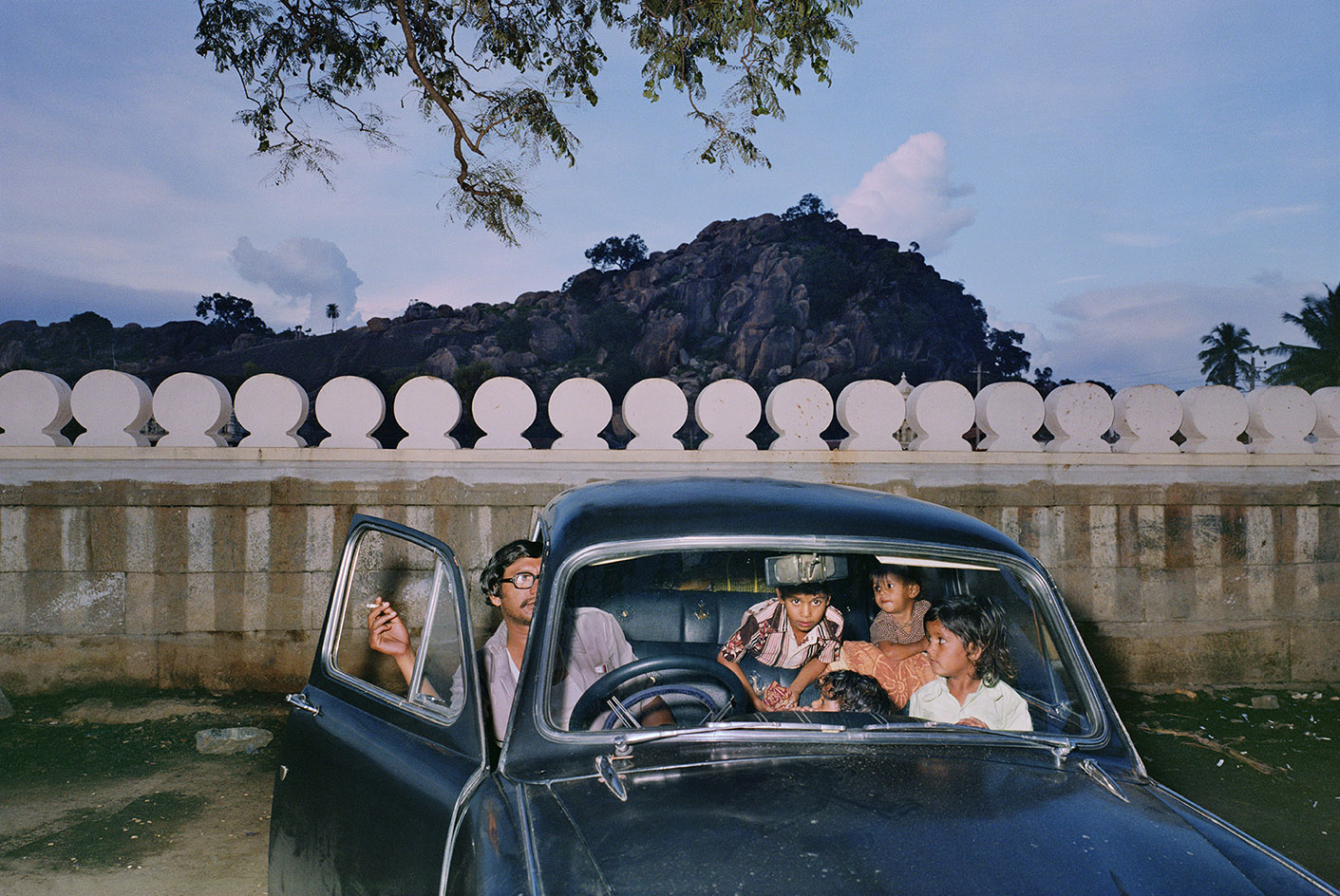
The Science Museum is celebrating 70 years of Indian independence this winter with two major concurrent exhibitions, dedicated to both technological and scientific innovations and artistic endeavours from the country.
The first show, ‘5000 Years of Science and Innovation’, stretches back not only to the start of an independent India in 1947, but 5,000 years – to the Indus Valley Civilisation in 3000 – 2500 BCE, who developed some of the earliest standardised weights, and the Bakhsali Manuscript, the oldest document in the world in which the zero symbol appears.
These objects are on display alongside countless others, tracing India’s long interest in understanding the world. Bringing this into the present, among the special events taking place at the Science Museum to coincide with ‘Illuminating India’ are a tea-blending workshop, and Q&As with space researcher Moumita Dutta and film director, Danny Boyle.
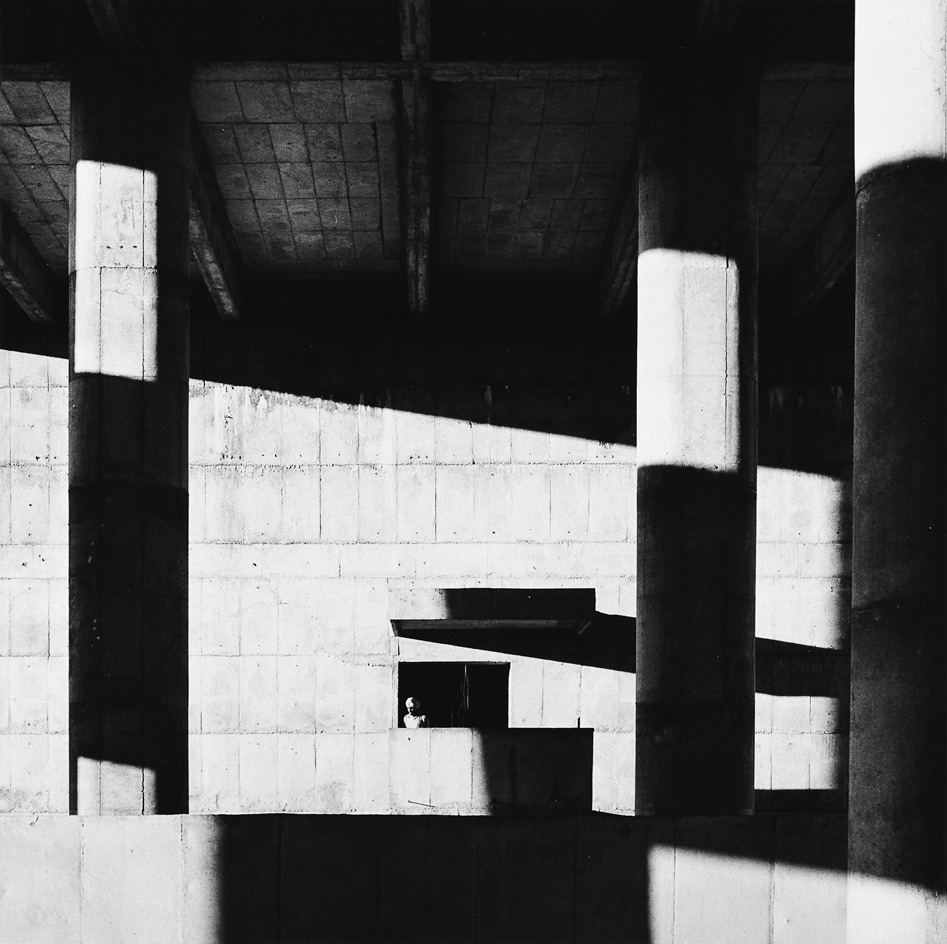
High Court, Chandigarh, 1955
If you are more inspired by India’s visual culture, ‘Illuminating India: Photography 1857 – 2017’, running in tandem at the Science Museum, is one of the largest displays of Indian photography ever to take place in the UK. It’s also an unprecedented insight into the development of modern India through the eyes of soldiers, journalists, artists and explorers who have lived in and travelled the country over the last century and documented its people, architecture and nature on camera.
Focusing solely on photographs – known to have arrived on the continent in the mid-19th century, not long after the first pictures were taken in Britain in 1839 – the exhibition evokes the importance of pictures not only as a scientific development, but as a vehicle for understanding and empowerment. Visitors can also familiarise themselves with some lesser-known contributors to the history of photography, including India’s first recognised photographer, Ahmad Ali Khan.
In addition to pioneers such as Marahaja Ram Singh II of Jaipur, who would spent hours in the laboratory with his plates, and Shapoor N Bhedwar, 19th-century photographer and critic, whose elegant studio portraits are also included in the show. Another name absent from the western art history canon is Homai Vyarawalla – India’s first female photojournalist – whose depictions of the crowds celebrating independence at Red Fort and outside Parliament in 1947 are perhaps among the most iconic images of the nation’s recent history, yet have rarely before been seen abroad.
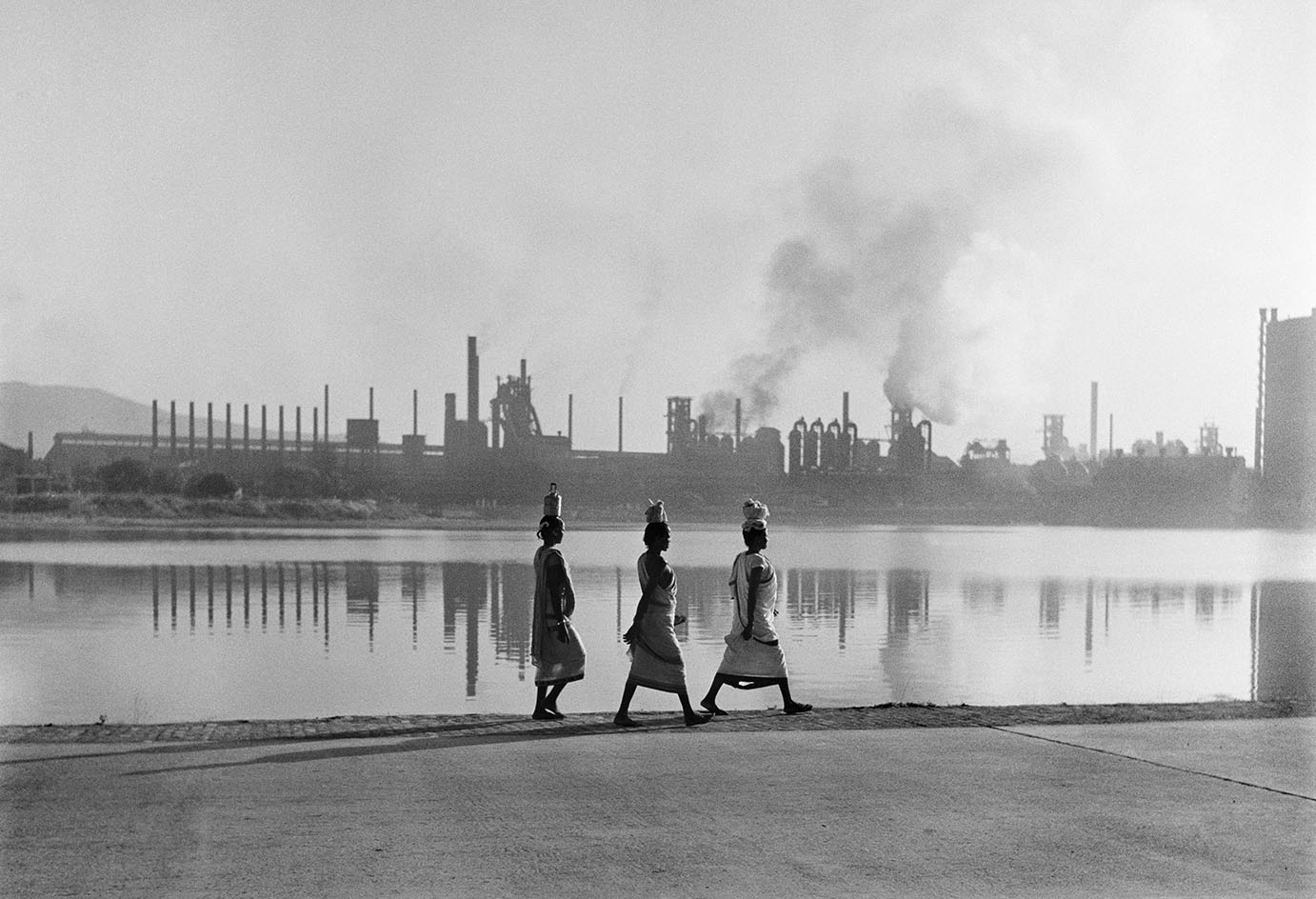
Employees of the Tata Iron and Steel Company on their way to work, Jamshedpur, India, May, 1951, by Werner Bischof.
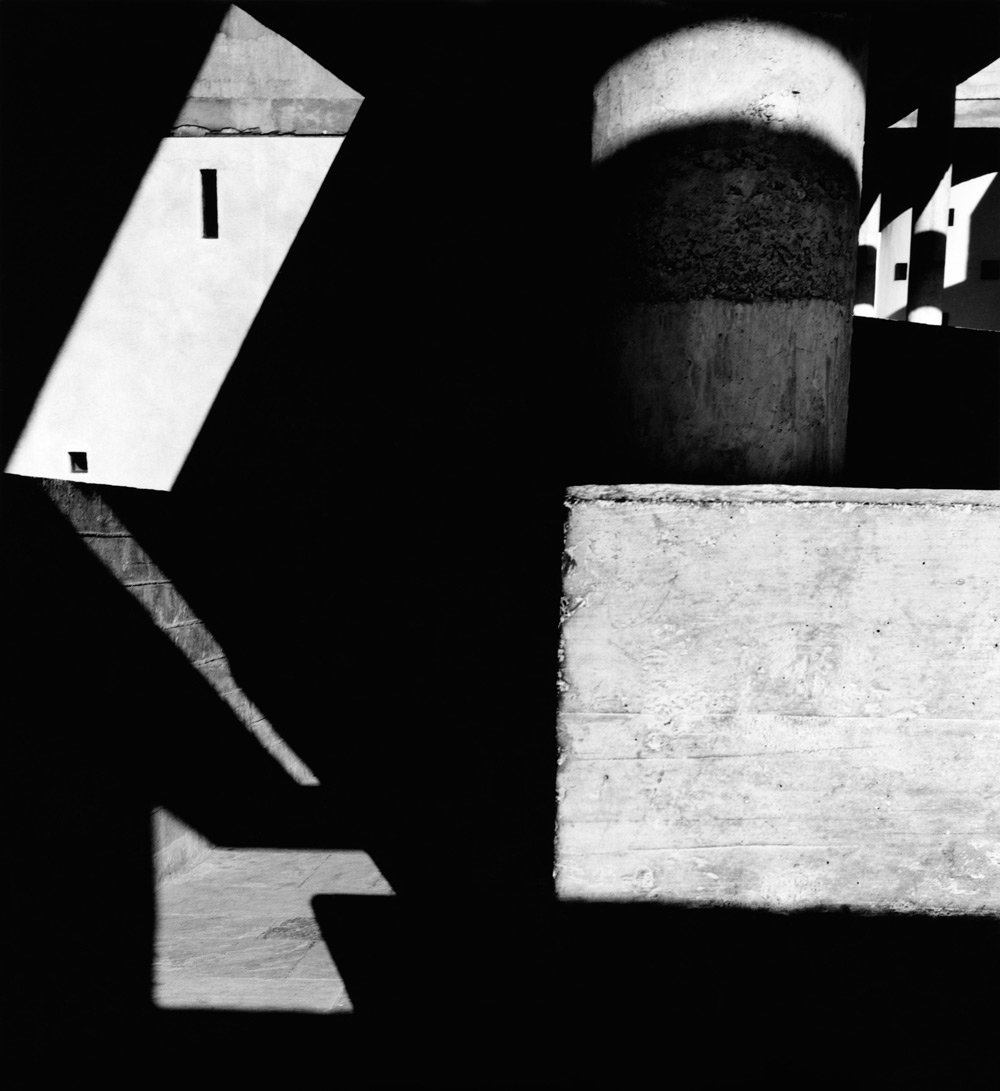
High Court Chandigarh, 1955
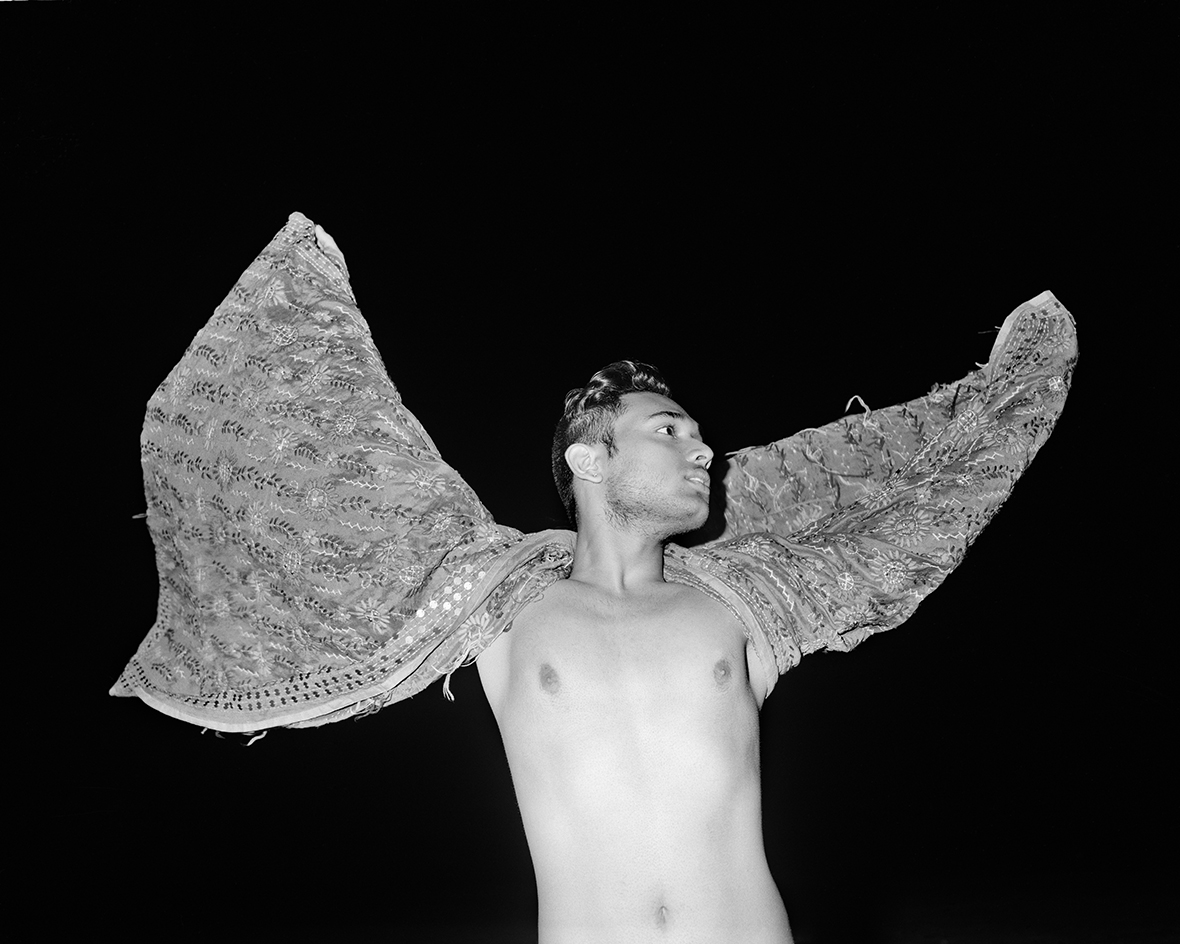
Anwesh Kumar Sahoo former Mr Gay India, photographed on Juhu Beach, India, 2017, by Olivia Arthur.
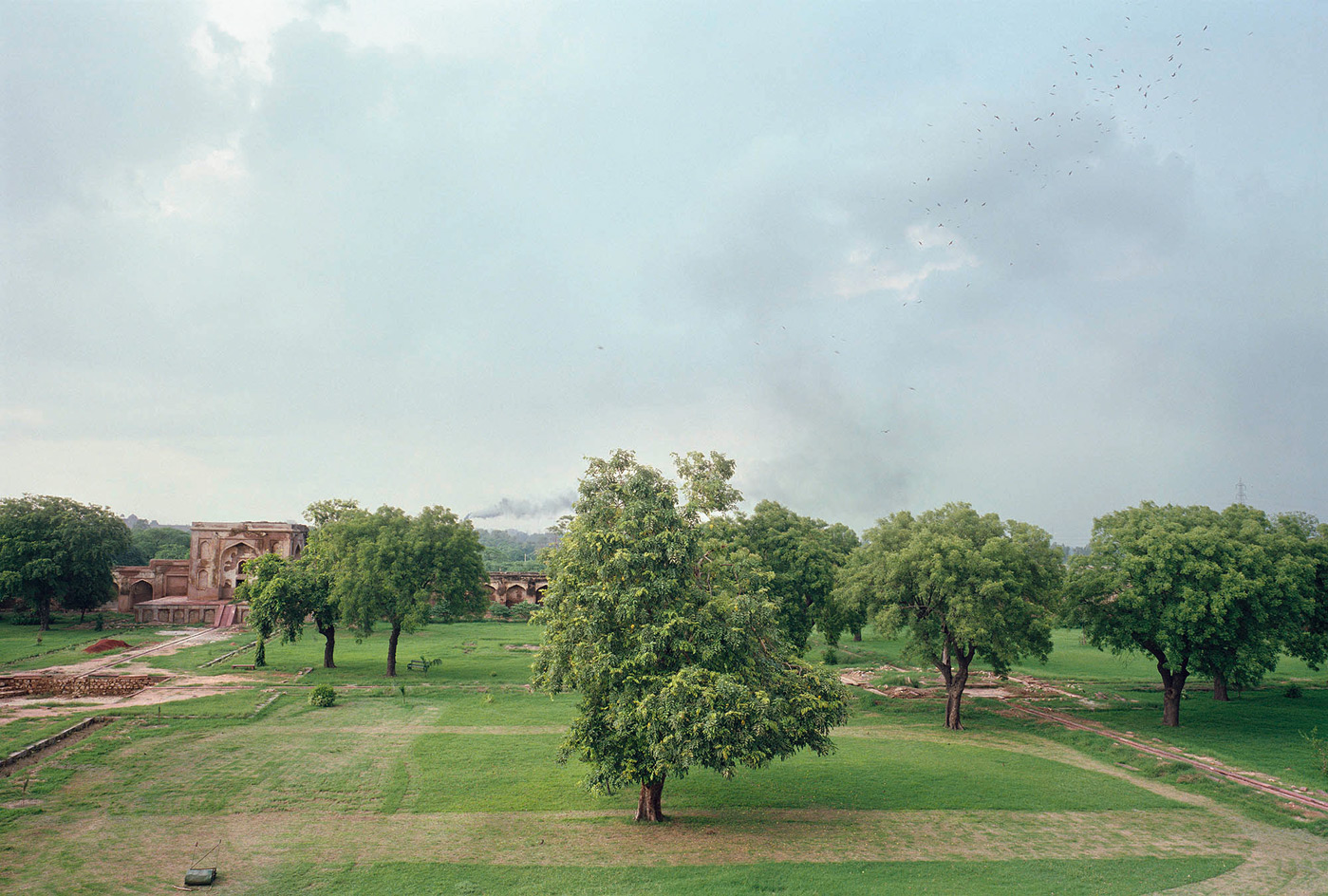
Humayans Tomb, Delhi, India ,1985, by Mitch Epstein.
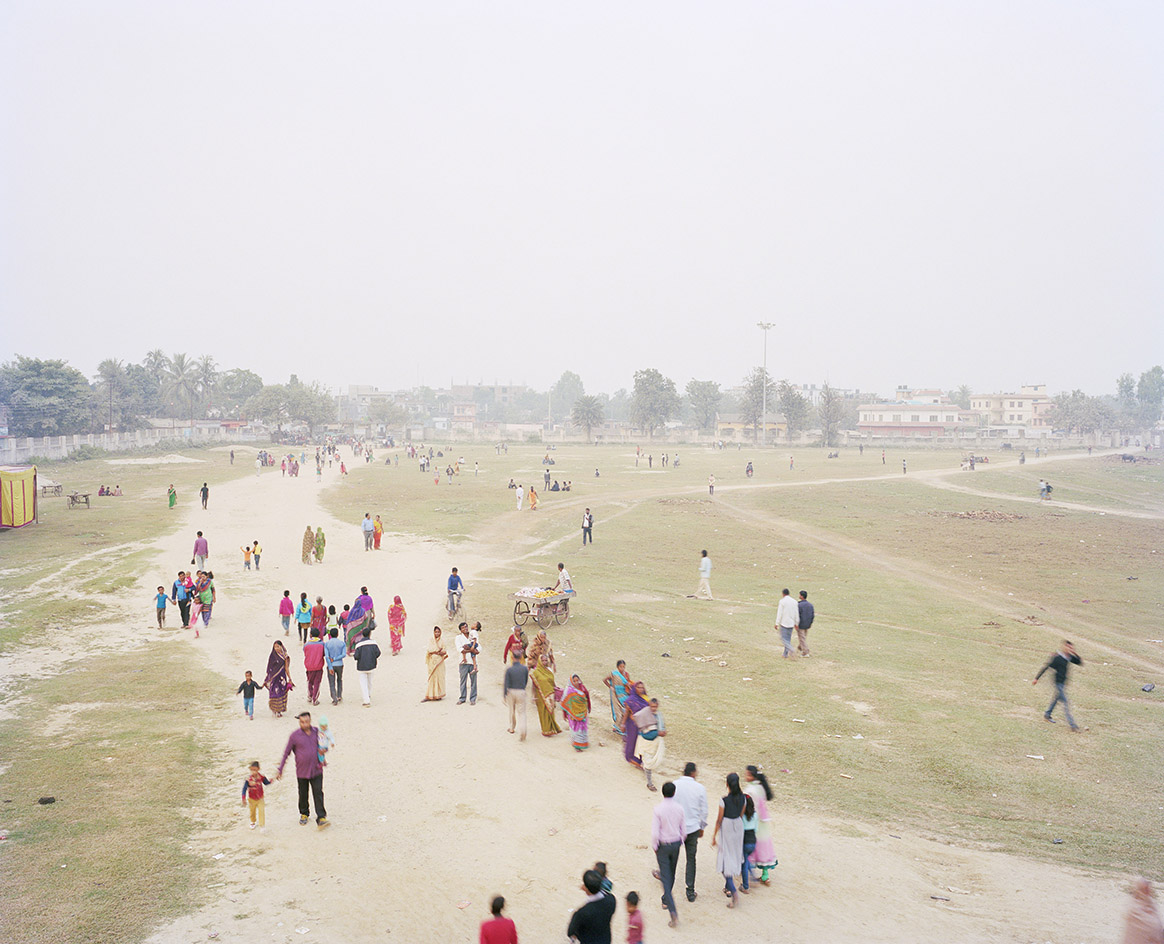
Party Field, Janakpur, Nepal, 2016, by Vasantha Yogananthan, from the series A Myth Of Two Souls, 2013.
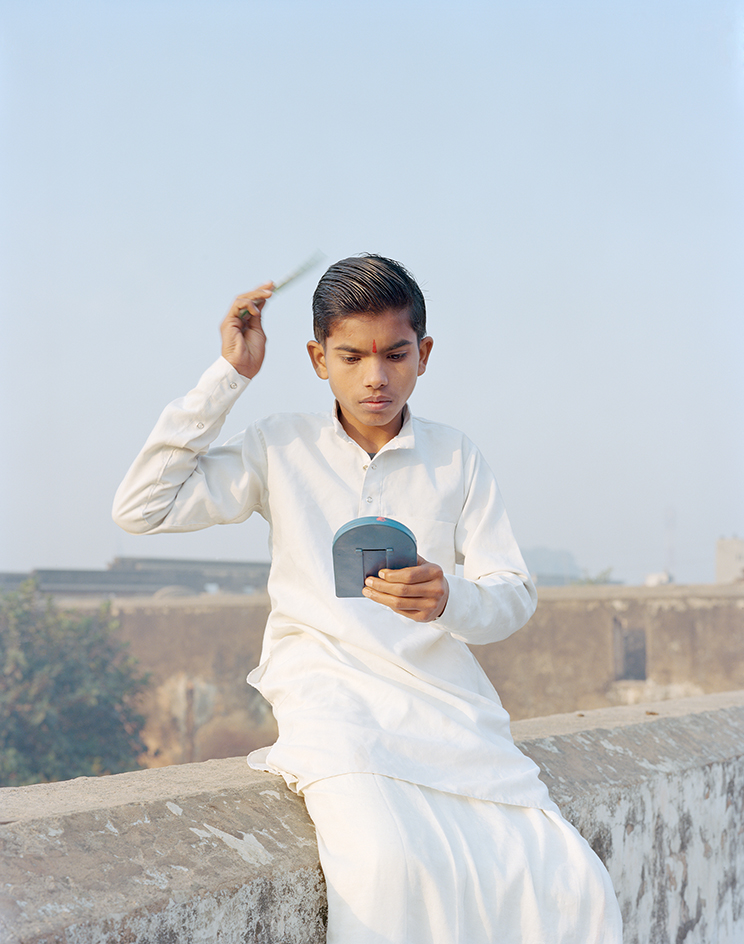
Rama Combing His Hair, Ayodhya, Uttar Pradesh, India, 2015, by Vasantha Yogananthan, from the series A Myth of Two Souls.
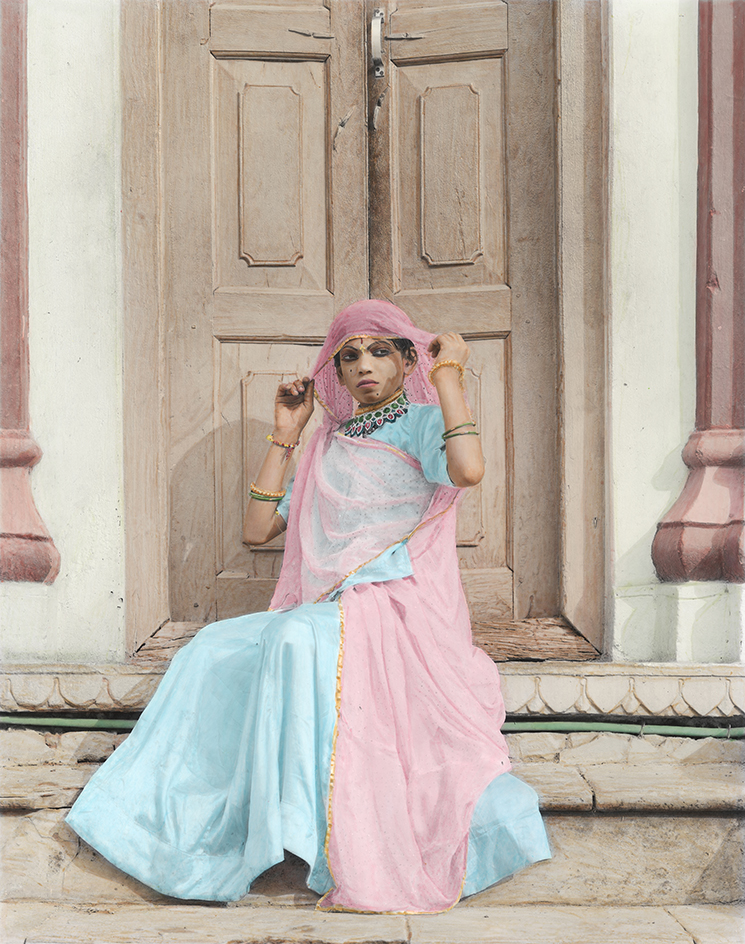
Boy Playing Girl, Janakpur, Nepal, 2016, by Vasantha Yogananthan, hand-painted by Jaykumar Shankar, from A Myth Of Two Souls, 2013.
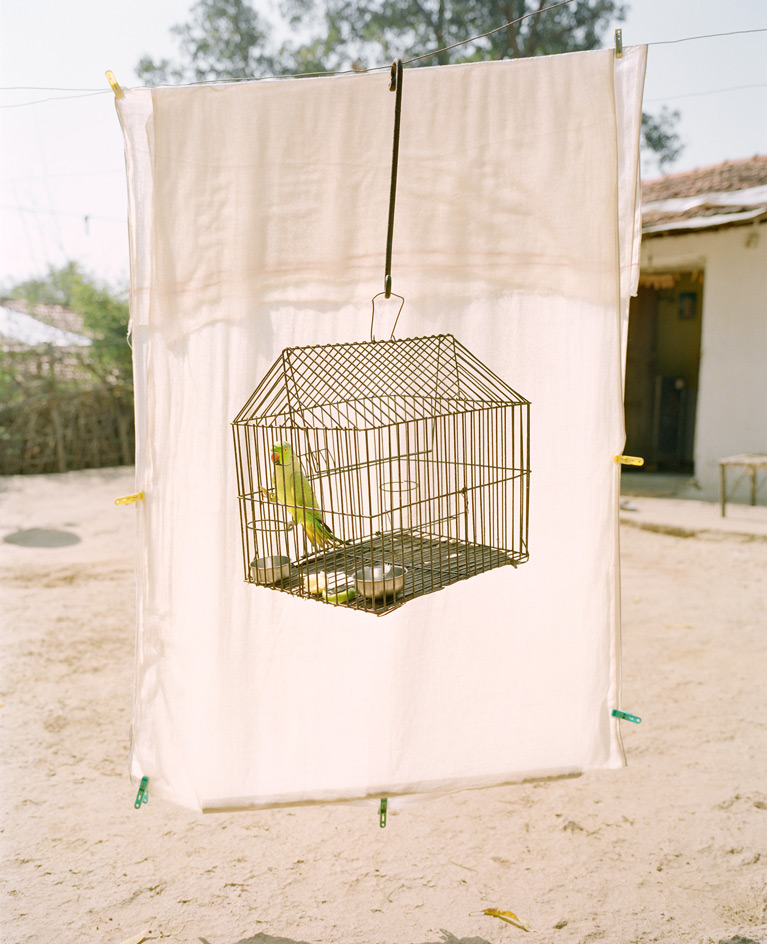
Lovebird, Ramtek, Maharashtra, India, 2015, by Vasantha Yogananthan, from the series A Myth Of Two Souls, 2013. © Vasantha Yogananthan
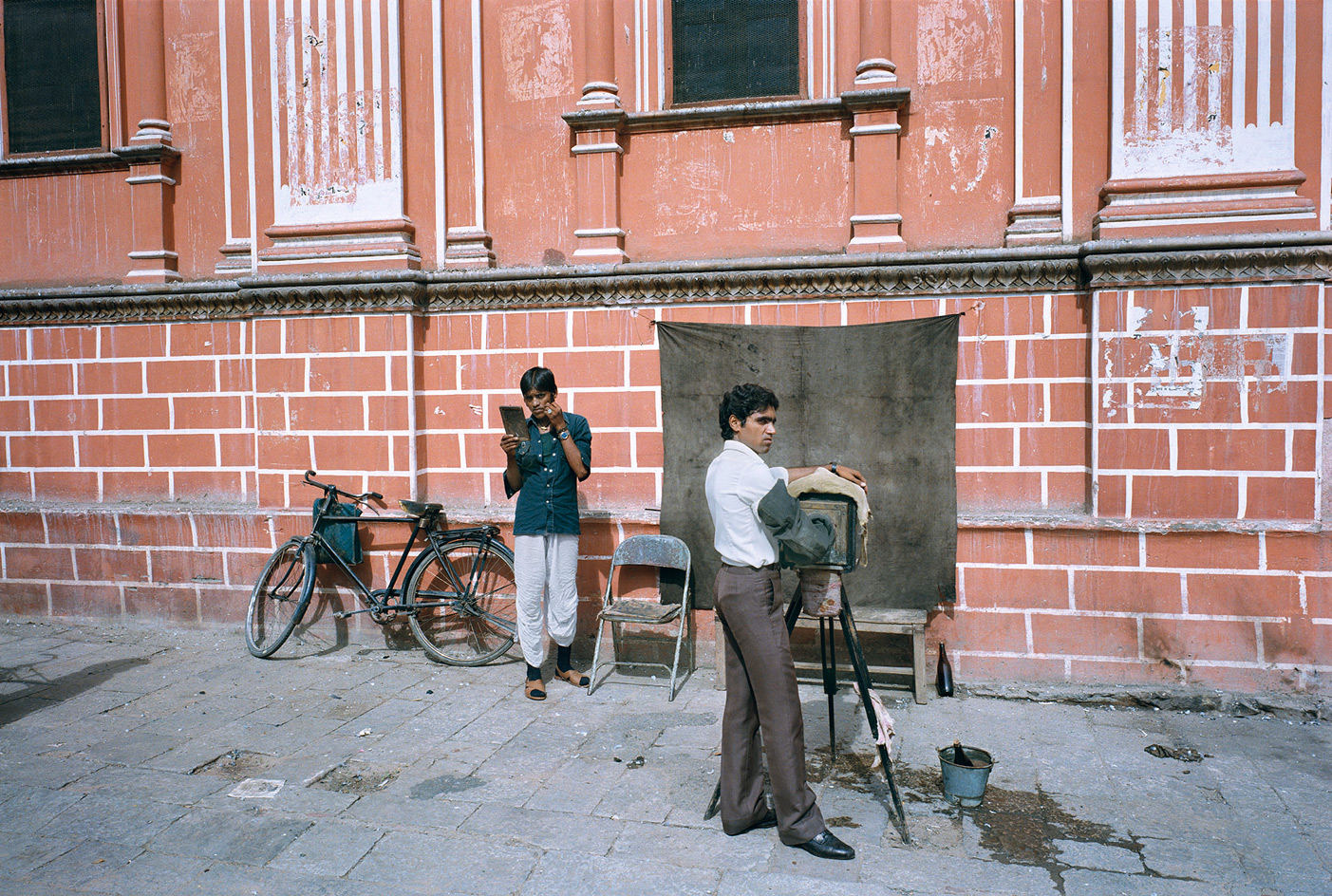
INFORMATION
‘Illuminating India’ is on view until 31 March 2018. For more information, visit the Science Museum website
ADDRESS
Exhibition Road
South Kensington
London SW7 2DD
Wallpaper* Newsletter
Receive our daily digest of inspiration, escapism and design stories from around the world direct to your inbox.
Charlotte Jansen is a journalist and the author of two books on photography, Girl on Girl (2017) and Photography Now (2021). She is commissioning editor at Elephant magazine and has written on contemporary art and culture for The Guardian, the Financial Times, ELLE, the British Journal of Photography, Frieze and Artsy. Jansen is also presenter of Dior Talks podcast series, The Female Gaze.
-
 All-In is the Paris-based label making full-force fashion for main character dressing
All-In is the Paris-based label making full-force fashion for main character dressingPart of our monthly Uprising series, Wallpaper* meets Benjamin Barron and Bror August Vestbø of All-In, the LVMH Prize-nominated label which bases its collections on a riotous cast of characters – real and imagined
By Orla Brennan
-
 Maserati joins forces with Giorgetti for a turbo-charged relationship
Maserati joins forces with Giorgetti for a turbo-charged relationshipAnnouncing their marriage during Milan Design Week, the brands unveiled a collection, a car and a long term commitment
By Hugo Macdonald
-
 Through an innovative new training program, Poltrona Frau aims to safeguard Italian craft
Through an innovative new training program, Poltrona Frau aims to safeguard Italian craftThe heritage furniture manufacturer is training a new generation of leather artisans
By Cristina Kiran Piotti
-
 The art of the textile label: how British mill-made cloth sold itself to Indian buyers
The art of the textile label: how British mill-made cloth sold itself to Indian buyersAn exhibition of Indo-British textile labels at the Museum of Art & Photography (MAP) in Bengaluru is a journey through colonial desire and the design of mass persuasion
By Aastha D
-
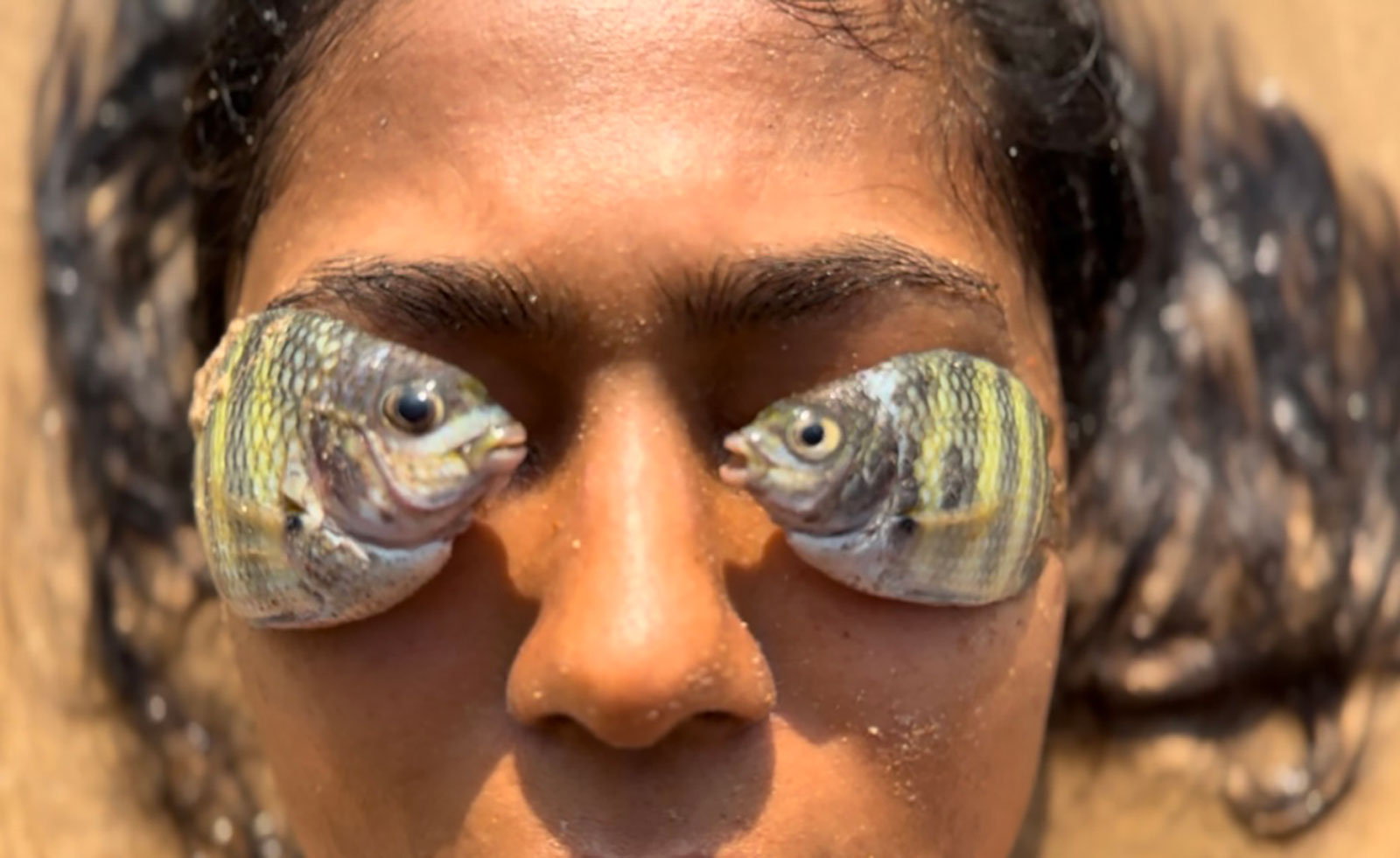 Inside India’s contemporary art scene
Inside India’s contemporary art sceneEmerging and established artists are bringing the spotlight to India, where Aastha D attended the recent India Art Fair
By Aastha D
-
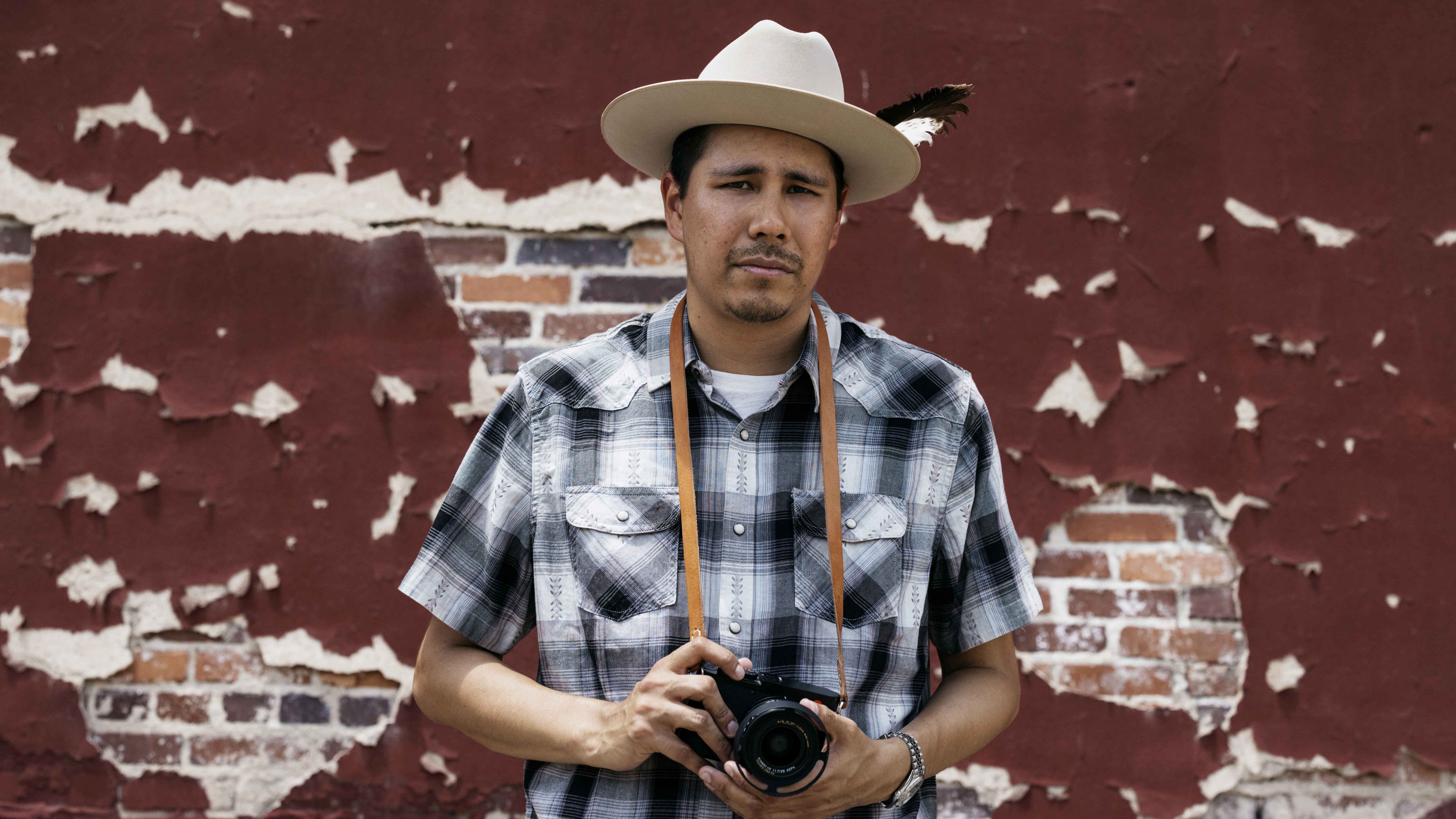 Kyle Bell's films are an expression of the indigenous experience in America
Kyle Bell's films are an expression of the indigenous experience in AmericaKyle Bell, who was mentored by Spike Lee as part of Rolex's Mentors and the Protégés programme, is a self-taught video maker from Tulsa, Oklahoma
By Rosa Bertoli
-
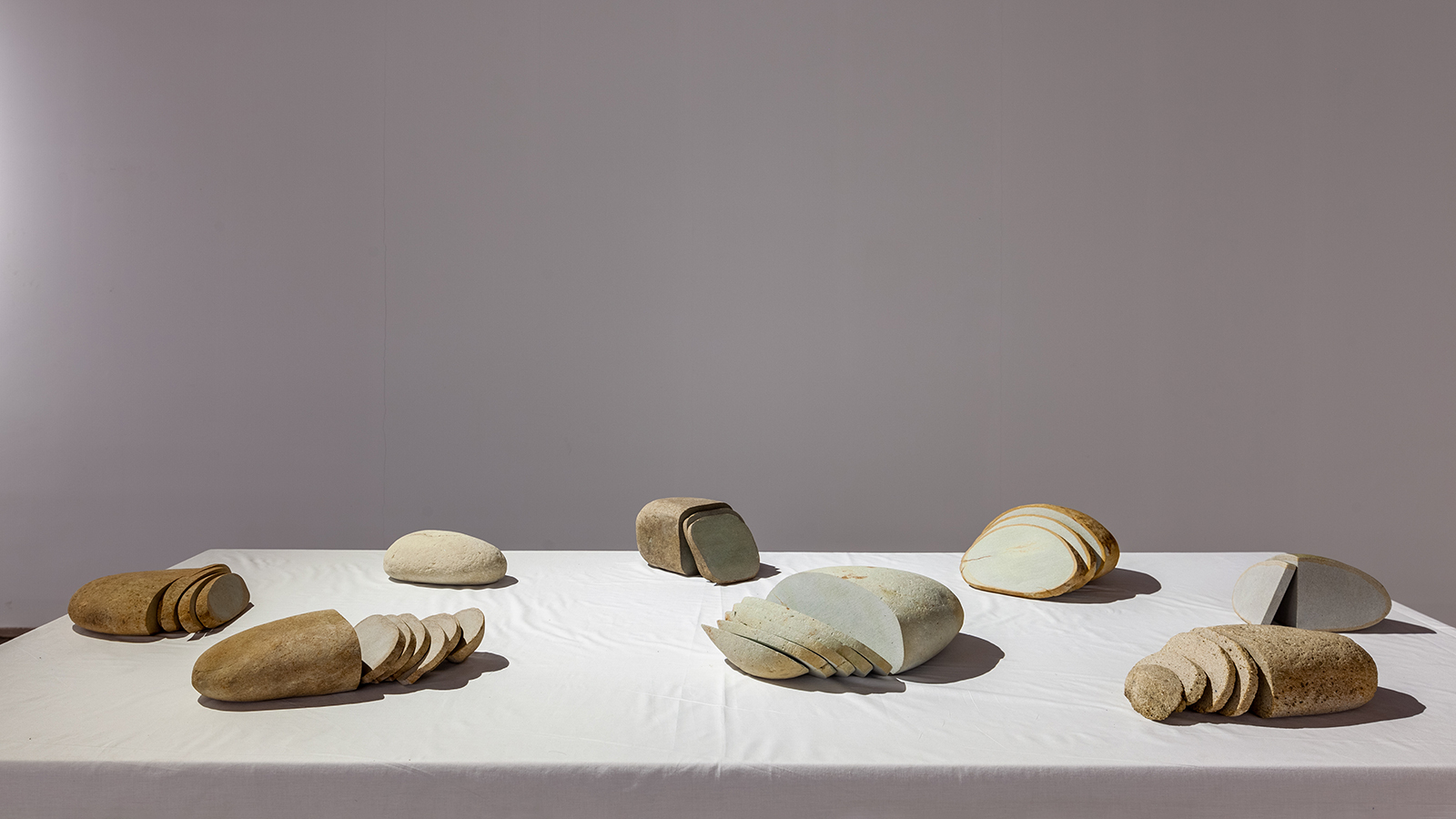 ‘In Our Veins Flow Ink and Fire’: a fervent return for India’s Kochi-Muziris Biennale
‘In Our Veins Flow Ink and Fire’: a fervent return for India’s Kochi-Muziris BiennaleIn its fifth edition, the postponed Kochi-Muziris Biennale surpasses the intersectional, collaborative essence of previous editions, writes Aastha D
By Aastha D
-
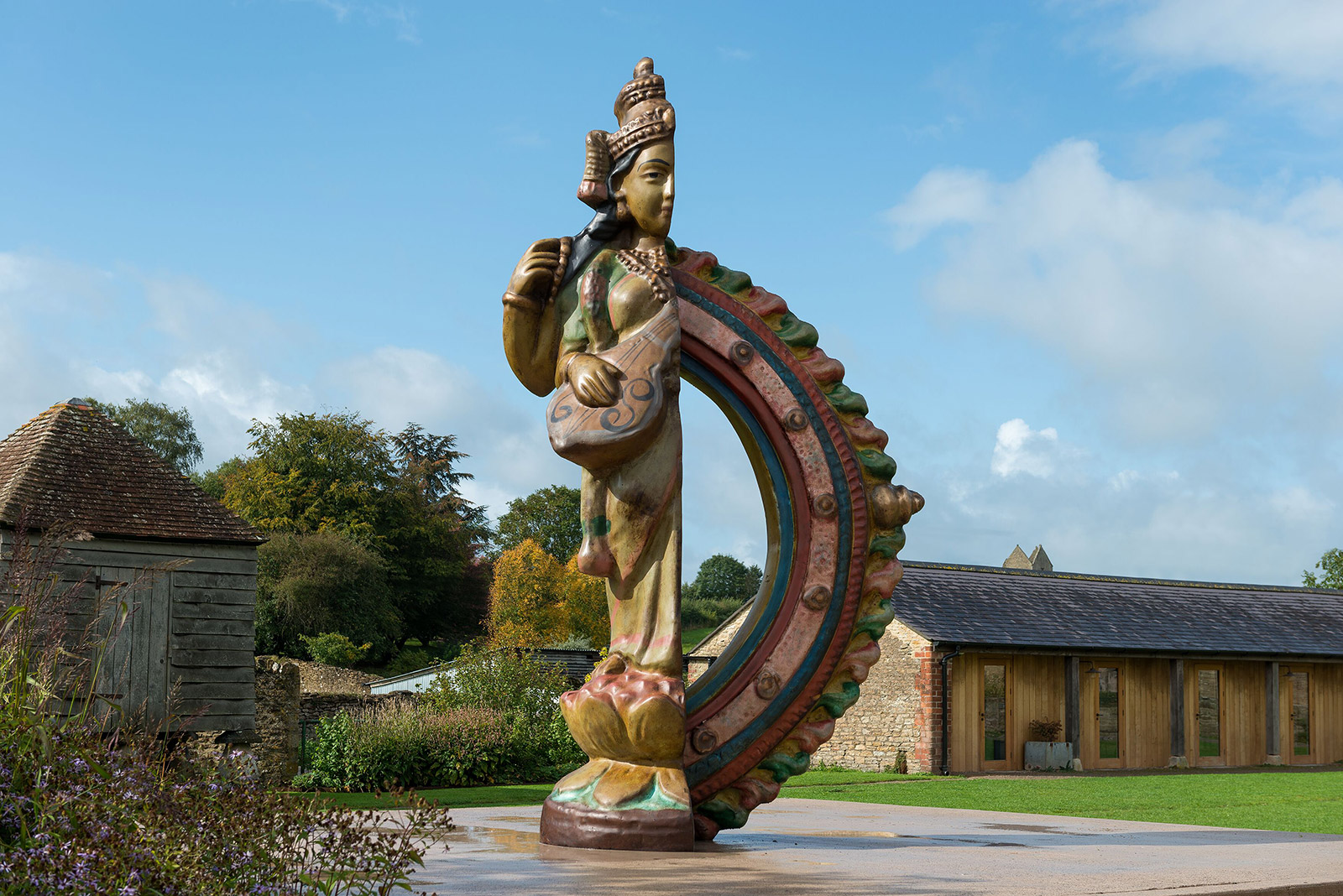 Bharti Kher escapes to Somerset in search of solitude
Bharti Kher escapes to Somerset in search of solitudeThe New Delhi-based artist presents an exhibition of new installation, painting and sculpture work following her 2017 residency at Hauser & Wirth Somerset
By Harriet Lloyd-Smith
-
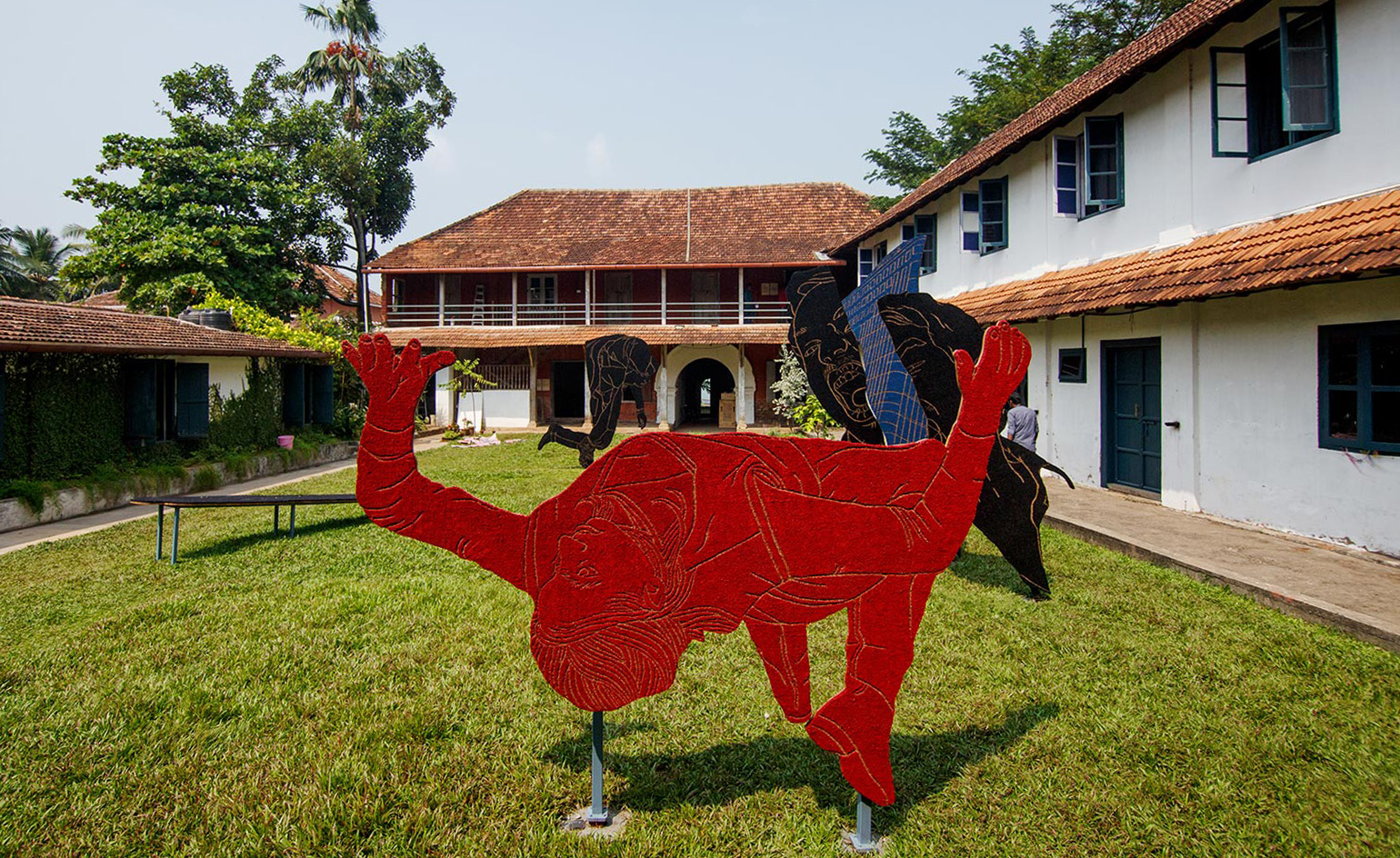 A colonial warehouse in Kerala hosts the third Kochi-Muziris Biennale
A colonial warehouse in Kerala hosts the third Kochi-Muziris BiennaleBy Emma O'Kelly
-
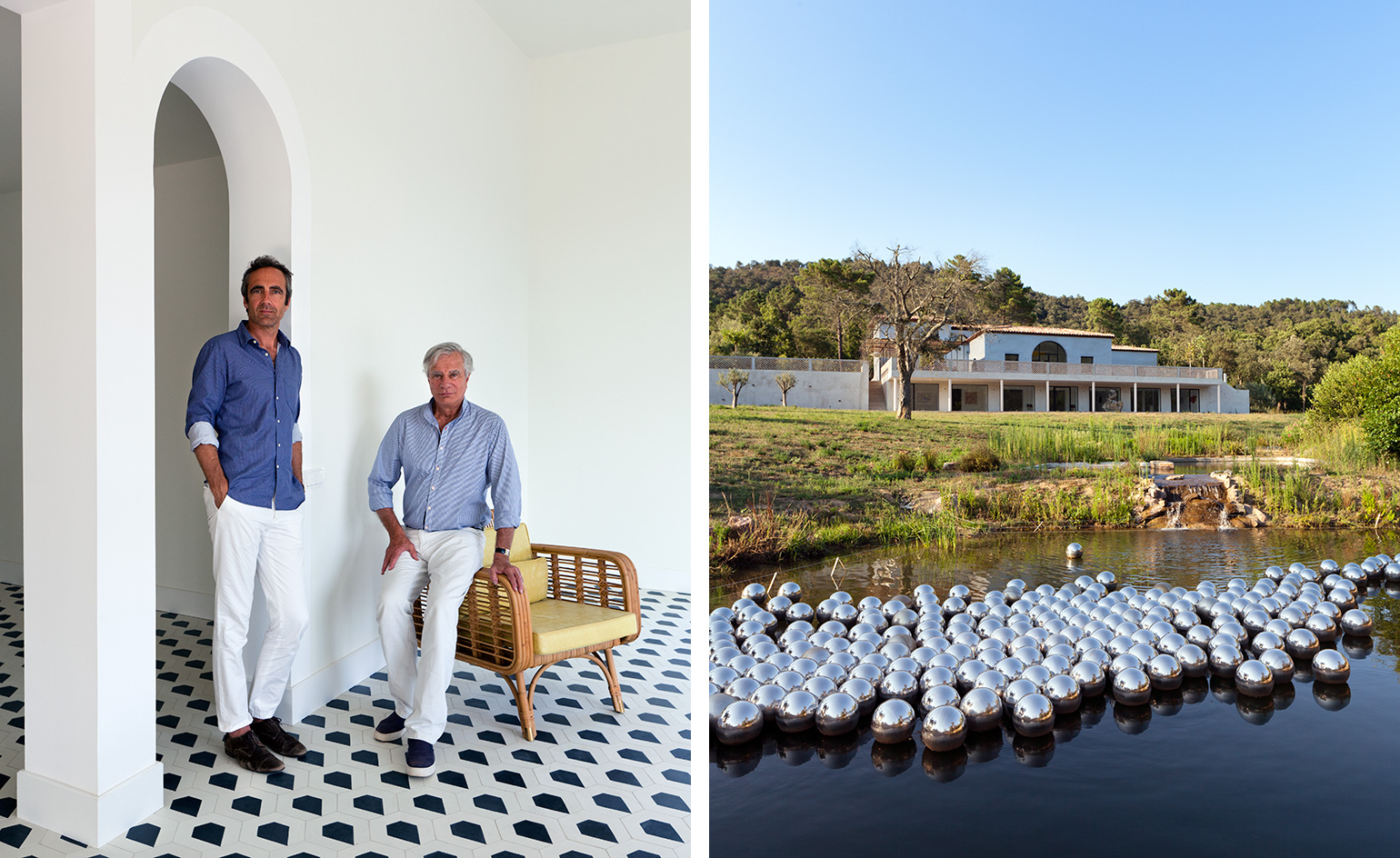 Special argent: a silvered family house holds its own at French sculpture park Domaine du Muy
Special argent: a silvered family house holds its own at French sculpture park Domaine du MuyBy Natalia Rachlin
-
 A legacy of Bangladeshi architecture on show at the Dhaka Art Summit
A legacy of Bangladeshi architecture on show at the Dhaka Art SummitBy Nick Compton